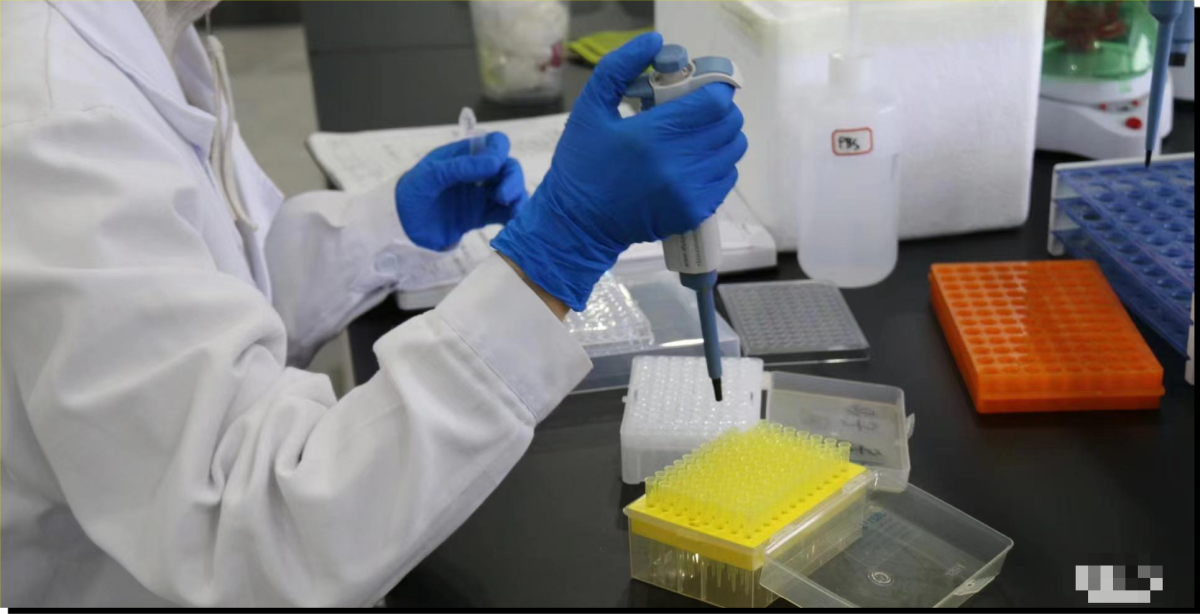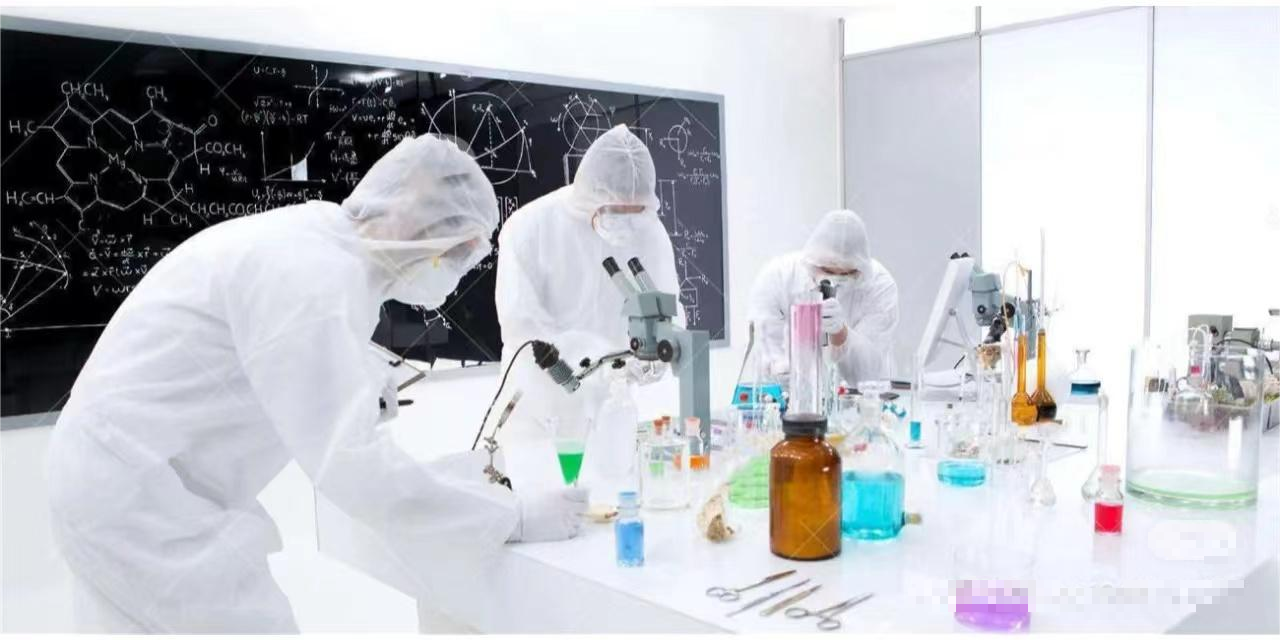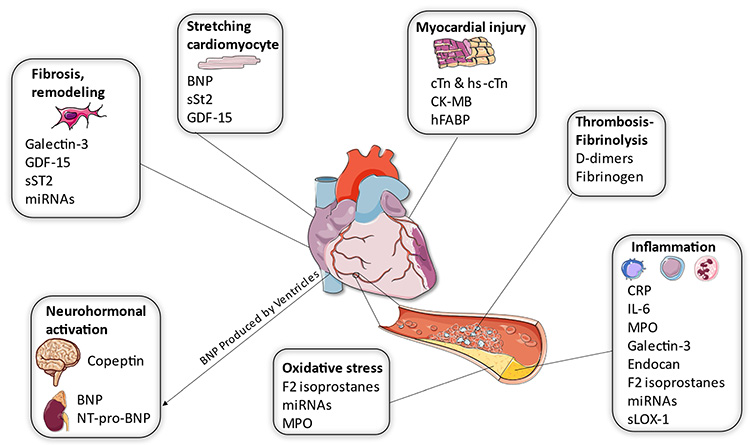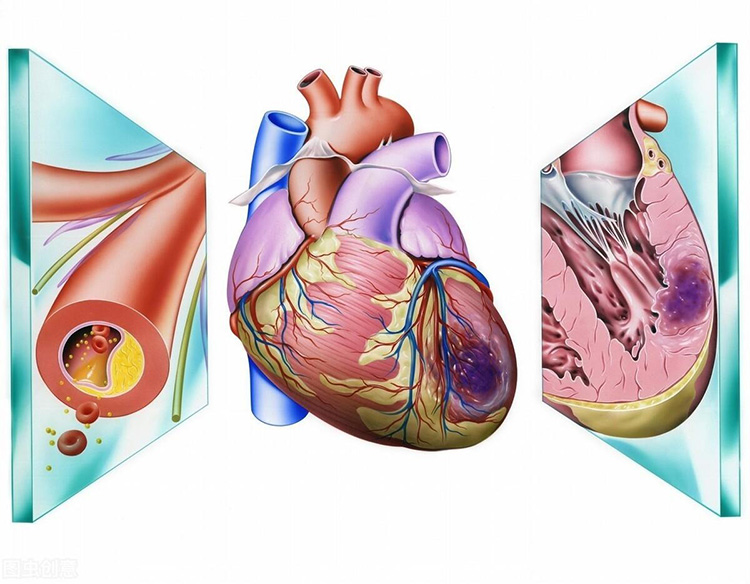POCT, this article is complete
POCT: The POCT Equipment Technology Committee of the China Medical Equipment Association has uniformly named it based on multiple expert demonstrations and defined it as: a test method that uses portable analytical instruments and supporting reagents to quickly obtain test results at the sampling site. The meaning of POCT can be understood from two aspects: spatially, the test is conducted next to the patient, that is, "bedside test"; in terms of time, "instant test" can be performed.
At present, POCT can not only be used for blood sugar testing and early pregnancy testing, but also for cardiovascular disease, acute and chronic kidney disease, acid-base disorders, infectious diseases, blood diseases, coagulation disorders, therapeutic drug concentration monitoring and other testing. The use of places has extended from accident sites and families to wards, outpatient clinics, emergency rooms, intensive care units, operating rooms and even customs, community health centers, and private clinics. The application field has also expanded from clinical to food hygiene, environmental testing, drug control, forensics, etc.

Clinical application departments of tertiary hospitals
Department of Cardiovascular Medicine
It can be used for the detection of cardiac injury markers (including: myoglobin determination, cardiac troponin determination), myocardial enzyme detection (creatine kinase-MB determination), diagnosis of congestive heart failure (plasma B-type natriuretic peptide determination), which is of great significance for the early diagnosis of myocardial infarction and heart failure.
Department of Respiratory Medicine
Arterial blood gas analysis (including: arterial blood pH, arterial blood carbon dioxide partial pressure, arterial oxygen partial pressure, plasma actual bicarbonate and standard bicarbonate, total arterial blood carbon dioxide, buffered total base, residual base, arterial blood oxygen saturation, lactic acid) can also be used for influenza A and B virus determination, respiratory syncytial virus antigen determination can also be used for rapid detection of SARS and avian influenza A virus.
Department of Gastroenterology
Liver function tests (including serum enzyme tests, serum total protein, albumin determination, serum total bilirubin determination, blood ammonia determination), pancreatic exocrine function tests (amylase determination), fecal occult blood tests (including fecal occult blood tests, fecal transferrin tests) can be performed.
Department of Hematology
Hemoglobin quantification, erythrocyte sedimentation rate determination, blood cell count, infectious mononucleosis determination, anti-human globulin determination, etc. can be performed. Simple bedside tests can also be used to preliminarily determine whether the patient needs timely blood transfusion treatment.
Endocrinology Department
Can be used for glucose metabolism disorder examination (specifically including: fasting blood sugar test, oral glucose tolerance test glycosylated hemoglobin measurement, B-hydroxybutyric acid measurement, lactic acid measurement), blood lipid metabolism abnormality examination (specifically including: total cholesterol measurement, triglyceride measurement, high-density lipoprotein, low-density lipoprotein measurement), blood electrolyte examination (specifically including: potassium measurement, sodium measurement, chloride measurement, calcium measurement, total carbon dioxide measurement, anion gap), thyroid function measurement (specifically including thyroid-stimulating hormone, tetraiodothyronine, free T4, triiodothyronine, free T3 measurement), pituitary hormone measurement (specifically including: follicle-stimulating hormone measurement, luteinizing hormone measurement), human chorionic gonadotropin measurement.
Infectious Diseases Department
Can perform bacterial infection detection (specifically including: rapid C-reactive protein measurement, procalcitonin detection, Mycobacterium tuberculosis detection, Helicobacter pylori detection, Legionella pneumophila detection, A Streptococcus group test, Staphylococcus aureus test, Vibrio cholerae test, Candida albicans test, bacterial meningitis antigen test), viral infection test (specifically including: human cytomegalovirus antibody test, rubella virus antibody test, herpes simplex virus-2 antibody test, human rotavirus antigen test, adenovirus antigen test, dengue virus antibody test), parasitic infection test (specifically including: Toxoplasma gondii antibody test, Plasmodium falciparum test), viral hepatitis infection test (specifically including: hepatitis A virus, hepatitis B virus, hepatitis C virus), sexually transmitted disease diagnosis (specifically including: Including: syphilis test, HIV, bacterial vaginosis)
Oncology
Can diagnose a variety of tumor markers (specifically: alpha-fetoprotein test, embryonic antigen test, prostate antigen test, carbohydrate antigen 123 test, carbohydrate antigen 19-9 test, nuclear matrix protein 22 test)
Urology
Can perform routine urine analysis (specifically: urine physical examination, urine chemical test), glomerular filtration function test (specifically: blood creatinine test, blood urea test, blood uric acid test), renal tubular function test (urine osmotic volume test), early renal injury test (urine microalbumin test).
Obstetrics and gynecology
Can be used for TORCH-IgM five-item test, anti-ovarian antibody test, anti-zona pellucida antibody test, anti-endometrial antibody test, anti-B-HCG gold standard early pregnancy test
Pediatrics
Children and adults have different medical treatment methods. Diagnostic behavior suitable for children needs to be light, easy to use, with a small sample requirement, no sample pretreatment, and quick conclusions, etc. In addition to the rapid and reliable results of POCT, parents can also stay with their children to understand their children's condition at any time, communicate better with medical staff, and enhance their confidence in curing the disease.
Immunology
It can be used for allergic disease examination (specifically including: allergen detection, serum total IgE determination, serum specific IqE determination, food intolerance detection), autoimmune disease detection (specifically including: rheumatoid factor detection, anti-double-stranded DNA antibody detection, anti-extractable nuclear antigen antibody detection, anti-deoxyriboprotein antibody detection, anti-nuclear antibody detection).
General Surgery
Conventional coagulation function indicators such as PT, APTT, Fib, INR, platelet function, and n-polymers can all be detected using POCT equipment, which can save time for emergency surgery patients.
ICU
POCT testing significantly shortens the test turnaround time and wins the treatment decision time for emergency critically ill patients. Pre-hospitalization treatment of emergency patients is related to the rescue and recovery of patients
Clinical application departments of secondary and lower hospitals
Application departments of secondary hospitals: laboratory, ICU, internal medicine, obstetrics and gynecology, etc. Some clinical departments of secondary hospitals will have demand, and the laboratory department also has a lot of demand. Since the number of secondary hospitals in the country far exceeds that of tertiary hospitals, they are currently the main force of POCT applications.
It can be used for cardiac injury marker detection, arterial blood gas analysis, liver function test, hemoglobin quantification, glucose metabolism disorder, dyslipidemia, blood electrolytes, bacterial infection detection, viral infection detection, parasitic infection detection, viral hepatitis infection detection, sexually transmitted disease diagnosis, multiple tumor markers, TORCH-IgM five-item test, anti-β-HCG gold label early pregnancy test, etc.
Application department of primary and private hospitals: laboratory department
General clinical departments of primary hospitals do not carry out, but directly carry out in the laboratory department. Due to the small amount of specimens, there is a large demand for single-person POCT. Most private hospitals also carry out POCT uniformly in the laboratory department. Such as common infection markers, myocardial markers, etc.
At the beginning, POCT was mainly based on technical platforms such as colloidal gold, immunochromatography, dry chemical technology, immunoturbidimetry, and small luminescence. Basically, manufacturers produce small instruments, which are also very simple to operate.
Now basically all levels of hospitals, such as private, community, and township hospitals, have several POCT devices in their laboratories, and many clinical departments in secondary and tertiary hospitals also use them. The chest pain center and stroke center of large tertiary hospitals also provide more scenarios for the terminal application of POCT.
After the rough development, the industry has gradually entered the technology improvement period. With the increasing requirements of the terminal for testing, the provincial clinical inspection centers have also started POCT quality control activities in recent years. POCT products with immunofluorescence, chemiluminescence, PCR technology, biochips and microfluidics as the core are gradually applied in clinical practice, realizing rapid quantitative detection.
At present, my country's POCT products are generally in the growth stage, among which the market growth rate is relatively fast in the infection, cardiac markers, blood gas and other subdivisions, while cardiac markers, coagulation, diabetes, and blood gas products are all in the growth stage, while diabetes and cardiac marker products have entered the mature stage internationally, and there is still a lot of room for growth in these products in my country in the future.
From the current market share, infection + cardiac marker POCT accounts for the highest share of total products (except blood sugar), exceeding 50%, followed by blood gas, pregnancy, and other rapid tests. In combination, infection and cardiovascular products are still in the growth stage. With the establishment of chest pain centers, stroke centers and other centers in the future, there is a driving force for sustained growth.
1. Cardiac marker market At present, the cardiovascular POCT market in large domestic hospitals is mainly occupied by imported products, and domestic companies have a high market share in small and medium-sized hospitals. In the short term, the market size of cardiac POCT products will increase, and the growth rate will remain above 20%. In the future, the proportion of cardiac products in all POCT products will gradually increase. With government policies to promote the increase in medium- and long-term demand, and the sudden increase in the incidence of cardiovascular diseases, the performance of cardiac products in the medium and long term is more likely to move upward. And with the layout and technological development of the current domestic POCT leading companies, the future development of cardiac products will be more capable of competing with international giants and increase the proportion of my country's POCT products in the international market.
2. Pregnancy market The foreign pregnancy market is developing in both the home market and the medical market. In addition to traditional pregnancy test sticks, ovulation POCT products are also popular. In the future, as the education level and living standards improve, people's demand for ovulation detection products will increase, and the home market for pregnancy POCT will be further opened up.
3. Infection market Infection POCT products are mainly for grassroots on-site screening and rapid detection of various common infectious diseases and major infectious diseases, mainly including rapid detection products for infectious diseases such as C-reactive protein (CRP), procalcitonin (PCT), serum amyloid protein A (SAA), and interleukin 6 (IL) for identifying bacterial or viral infections. my country has a large population and outbreaks of infectious diseases, which are prone to large-scale population infections. At this time, POCT products will play a big role in rapid treatment and stabilization of the condition and how to isolate infected patients to reduce the chance of transmission. Due to seasonal factors, influenza will break out to varying degrees almost every year, so the demand for infectious POCT products is unlikely to decline in the medium and long term, and the future market capacity will still be in a period of rapid growth.
4. Drugs Drug (drug abuse) detection POCT products are mainly qualitative products, mainly for urine or saliva testing. The main features are rapid, easy to use and carry, and high accuracy. They are widely used in drug rehabilitation centers, hospitals, military conscription, customs and border inspections, road traffic safety, high-risk population census, special industries, and recruitment physical examinations. As drug testing in my country becomes more and more stringent, the demand for POCT products will increase in the future. Therefore, the short-term market for drug POCT is still biased towards growth, and the performance is optimistic.

Molecular POCT testing project
When the concept of POCT appeared in the clinic, few people might have thought that molecular diagnosis could also be POCT. As we all know, in recent years, both molecular POCT technology and traditional PCR technology have developed rapidly.
The increase in clinical requirements for testing time has caused technical difficulties for traditional PCR technology. First, the experimental environment is required to be high, and a standard PCR laboratory is required, which cannot meet the clinical emergency needs; nucleic acid extraction and amplification are carried out separately, which is easy to cause sample or reagent contamination; the operation steps are cumbersome and the detection cycle is long; professional technicians are required, etc., which makes traditional PCR limited in time, space and personnel. With the continuous upgrading of clinical requirements for diagnostic speed and convenience, POCT came into being.
Molecular POCT refers to a molecular biology detection system that is fully automatic and integrated through technological innovation and optimization to meet the requirements of point-of-care testing (POCT). The system is an integrated closed system. Its nucleic acid extraction and amplification detection are completed on the same closed and portable instrument. There is no need for manual preparation of reagents or manual processing of samples. No other manual operations are required from the time the sample is loaded to the result report, which can effectively prevent biological samples and their genetic materials from polluting the environment. It also has the characteristics of miniaturization, easy to carry, automation, full enclosure, fast speed, and easy operation. At the same time, it can ensure the high specificity and sensitivity of the detection performance, making it suitable for a variety of inspection scenarios such as hospital emergency, primary medical units, families, customs, and sudden disaster sites.
Molecular POCT diagnostic products can be used for virus detection (influenza virus A/B, syncytial virus, new coronavirus, HIV, HBV, HCV, etc.), bacteria and drug resistance detection (Mycobacterium tuberculosis and rifampicin resistance, multidrug-resistant bacteria CRE, Chlamydia trachomatis and gonococci, group B streptococci, etc.), syndrome detection (diarrhea syndrome pathogens, bloodstream infection syndrome pathogens, respiratory tract infection pathogens, etc.) and tumor gene detection. At present, almost all the projects that can be done by traditional PCR technology can be done on the molecular POCT platform.
Molecular POCT nucleic acid testing eliminates many steps of zoning specimen processing and large-scale instrument testing, and also simplifies tedious processes such as data processing. It can directly and quickly obtain reliable results to guide patient treatment. Therefore, whether in emergency response to major public health events or in the diagnosis and management of hospital infections, it has the prospect of providing important technical support and guarantee for precise treatment and scientific prevention and control.
More News











